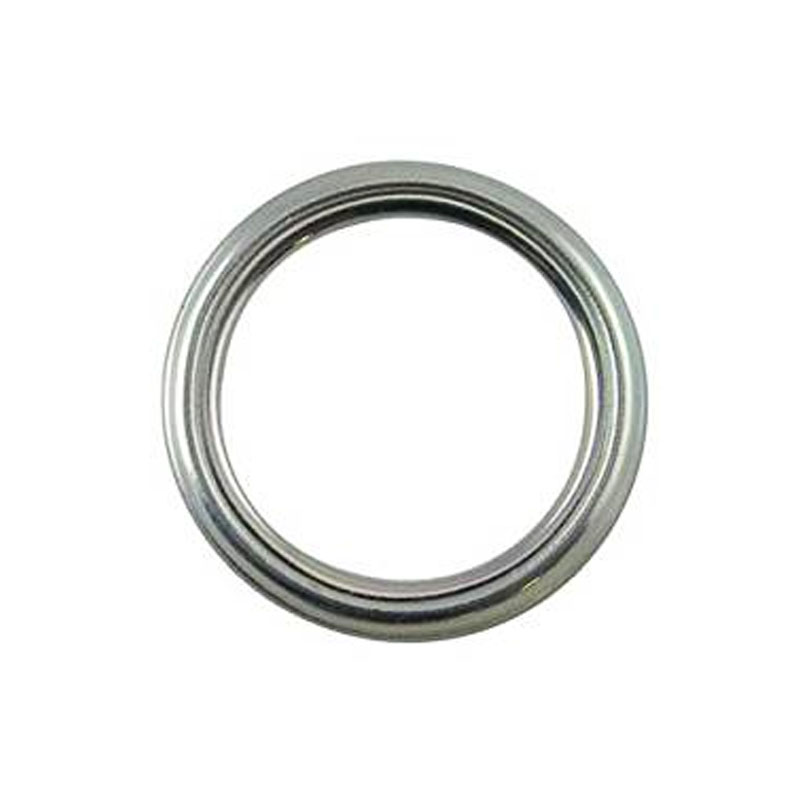High-Temperature Rotary Shaft Seals for Enhanced Performance and Durability in Extreme Environments
High Temperature Rotary Shaft Seals An Overview
Rotary shaft seals play a critical role in various mechanical applications, especially in environments where high temperatures are a concern. These seals are vital for preventing the leakage of fluids along rotating shafts, effectively maintaining system integrity and efficiency.
High temperature rotary shaft seals are designed to withstand extreme thermal conditions, making them essential for industries such as automotive, aerospace, and manufacturing. Traditional seals may fail in high-temperature settings, leading to equipment malfunction and costly downtime. Thus, employing seals specifically engineered for high thermal resilience is crucial for long-lasting performance.
The materials used in high temperature rotary shaft seals are fundamental to their effectiveness. Common materials include fluoropolymers and specialty elastomers engineered to endure thermal extremes. For instance, fluorocarbon seals can maintain flexibility and integrity at high temperatures, often exceeding 200°C (392°F). This allows them to provide a reliable barrier against oil, grease, and other fluids in applications ranging from engine components to industrial machinery.
In addition to temperature resistance, high temperature rotary shaft seals must also exhibit durability against chemical exposure and abrasion. In many applications, these seals encounter not only heat but also aggressive lubricants and contaminants. Therefore, the design often incorporates features like reinforced edges or multi-lip configurations to enhance sealing performance while reducing wear and increasing lifespan.
high temperature rotary shaft seals

One of the significant challenges in designing these seals is balancing flexibility and rigidity. While high temperature resistance is a must, seals must also allow for the slight movements of the shaft without compromising sealing integrity. Manufacturers have developed innovative designs to achieve this balance, such as using split seals or incorporating adaptive materials that can adjust to thermal expansion.
Installation is another critical factor influencing the performance of high temperature rotary shaft seals. Proper alignment and fitting are crucial to ensuring that the seal can withstand the operational stresses it will face. Any misalignment during installation can lead to premature failure, highlighting the importance of precision in both the seal manufacturing and installation processes.
Moreover, the predictive maintenance of machinery utilizing these seals is essential. Monitoring temperature changes and understanding the operational conditions can help identify potential seal failures before they lead to significant issues. Engineers and maintenance teams can implement strategies to help extend the life of these seals, such as periodic inspections and adjustments based on operational data.
In conclusion, high temperature rotary shaft seals are indispensable in maintaining the performance and reliability of machinery in extreme thermal environments. By selecting the right materials, designing for flexibility, ensuring precise installation, and practicing proactive maintenance, industries can effectively mitigate the risks associated with high-temperature operations. As technology advances, we can anticipate even more innovative solutions that enhance the efficiency and longevity of these crucial sealing components.
-
Understanding the Front Main Engine Seal: Purpose, Maintenance, and Installation
News Jul.29,2025
-
Understanding O-Rings and Seal Rings: Types, Applications, and Custom Solutions
News Jul.29,2025
-
Understanding Crankshaft Oil Seals: Rear Seals, Pulley Seals, and Their Role in Engine Integrity
News Jul.29,2025
-
The Importance of Front and Rear Crankshaft Seals in Engine Performance and Oil Management
News Jul.29,2025
-
Crank Oil Seals: Functions, Types, and Cost Considerations in Engine Maintenance
News Jul.29,2025
-
A Comprehensive Guide to O-Rings and Seals: Types, Materials, and Global Applications
News Jul.29,2025
-
Mastering Diesel and Performance Engine Maintenance: A Guide to Critical Oil Gaskets
News Jul.28,2025
Products categories















